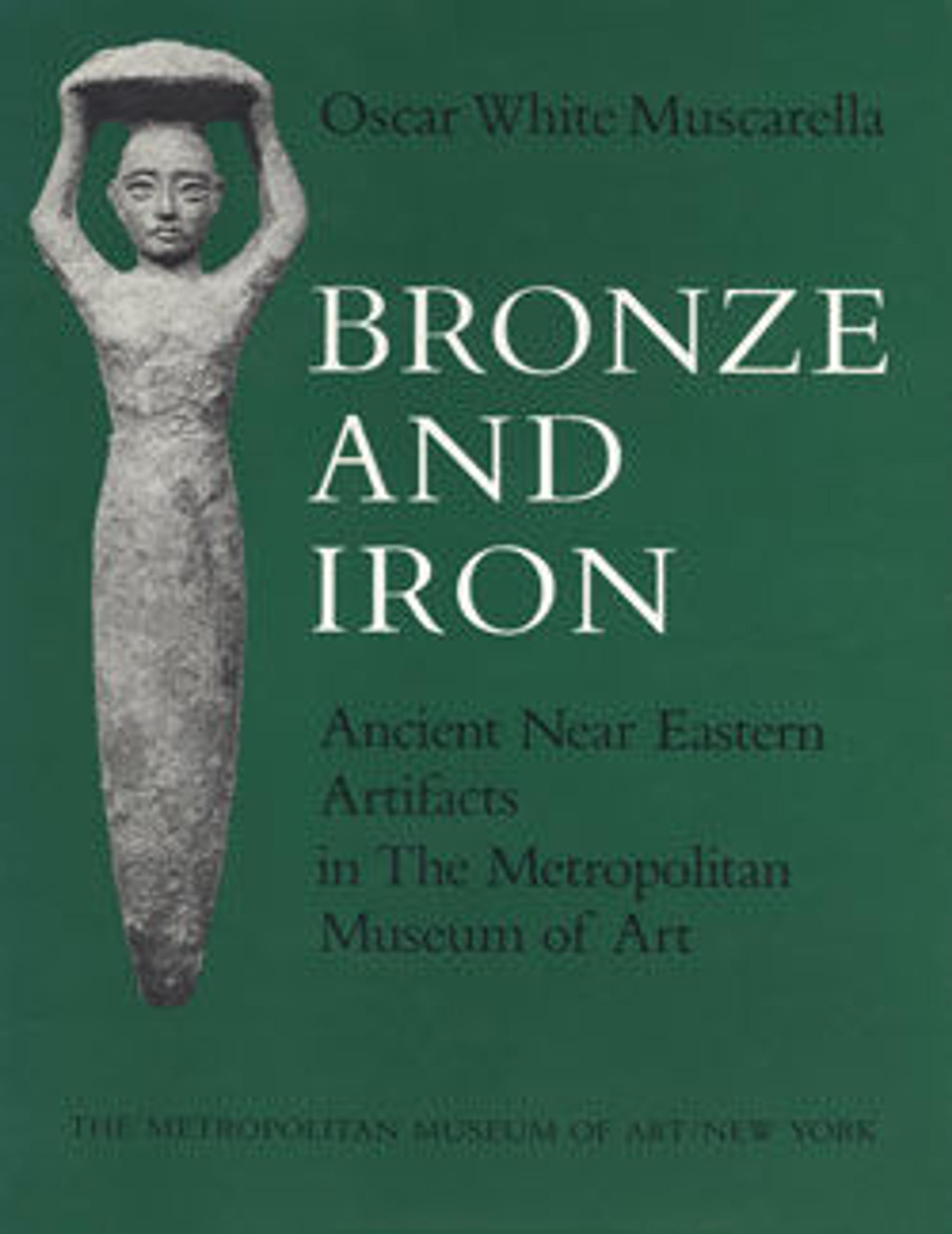Seal ring: horned animals flanking a tree
This is a bronze ring with an intaglio image carved on it. The image shows a stylized plant with cone-shaped fronds flanked by two horned creatures. Behind each creature is a rosette, and above them is a cuneiform inscription reading "dingir mesh tuk" in Sumerian – part of a prayer.
This ring was excavated at Surkh Dum, a settlement site in Luristan in the Zagros Mountains of western Iran It was part of a large hoard of objects buried beneath a doorjamb in a structure interpreted as a sanctuary; thus the objects were probably offerings made for a god. In all likelihood the ring was used a seal before being deposited in the sanctuary.
This ring was excavated at Surkh Dum, a settlement site in Luristan in the Zagros Mountains of western Iran It was part of a large hoard of objects buried beneath a doorjamb in a structure interpreted as a sanctuary; thus the objects were probably offerings made for a god. In all likelihood the ring was used a seal before being deposited in the sanctuary.
Artwork Details
- Title:Seal ring: horned animals flanking a tree
- Period:Iron Age II
- Date:ca. 10th–8th century BCE
- Geography:Iran, Luristan, Surkh Dum
- Culture:Iran
- Medium:Bronze
- Dimensions:1 in. (2.5 cm)
- Credit Line:Rogers Fund, 1943
- Object Number:43.102.13
- Curatorial Department: Ancient West Asian Art
More Artwork
Research Resources
The Met provides unparalleled resources for research and welcomes an international community of students and scholars. The Met's Open Access API is where creators and researchers can connect to the The Met collection. Open Access data and public domain images are available for unrestricted commercial and noncommercial use without permission or fee.
To request images under copyright and other restrictions, please use this Image Request form.
Feedback
We continue to research and examine historical and cultural context for objects in The Met collection. If you have comments or questions about this object record, please contact us using the form below. The Museum looks forward to receiving your comments.
